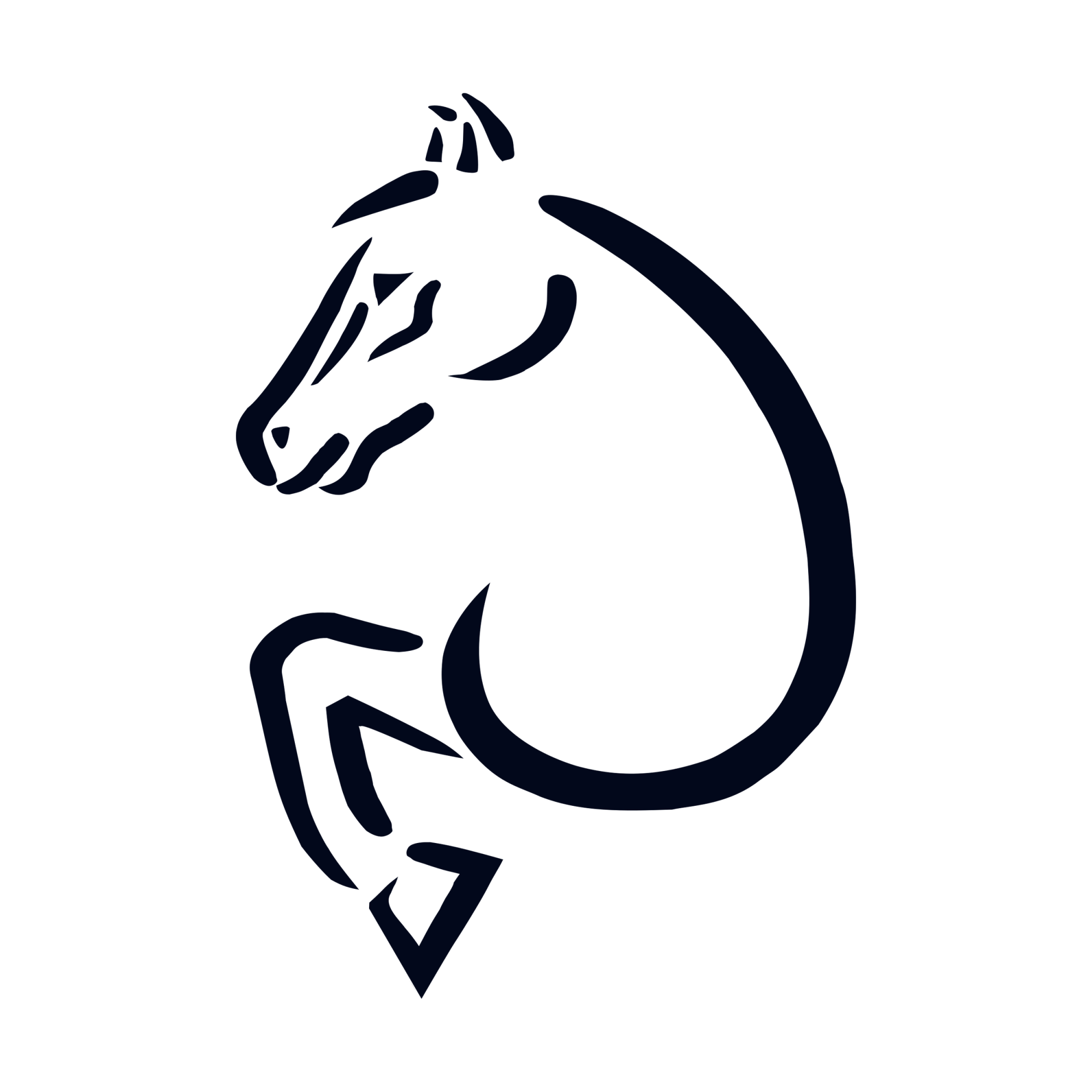Pre-purchase / Lameness examinations
Pre-purchase
Before purchasing a horse, it is highly recommended to have the animal examined by a specialized veterinarian, including a complete clinical exam, lameness examination and radiographs of the most important joints. In addition, depending on the findings of the clinical exam, other diagnostics such as ultrasound, endoscopy and blood tests can also be added. The objective of this examination is to identify pathologies and problems before the purchase of the animal to avoid unpleasant surprises for the future owner.
Dr. Jose Mendez has extensive experience performing this type of examinations and travels to any part of Spain to perform them.
Lameness
In order to establish a correct treatment for lameness, it is essential to perform complete and detailed examinations. The combination of physical examinations in different types of soil, anesthetic blocks and diagnostic imaging methods such as radiology and ultrasound, will make possible the correct diagnosis in order to opt for the most appropriate treatment according to the pathology.
Artroscopy
Arthroscopy is a minimally invasive surgery in which a small video camera (4 mm) is introduced into a joint through an incision of only half a centimeter. This allows us to evaluate the joint from the inside, diagnose, and treat joint pathology. Arthroscopies are usually performed:
- For removal of joint fragments, such as in the treatment of OCD, or in cases of joint chips of traumatic origin.
- To effectively wash and clean a joint from the inside in the case of joint infections.
- To correctly repair bone fractures affecting the articular surface.
- To diagnose and attempt to repair problems of the soft tissues that maintain joint stability, such as cruciate ligaments, collaterals, or menisci.
Arthroscopy should always be performed in an operating room and in conditions of maximum sterility. In most cases, it is necessary to perform it under general anesthesia of the patient.
Tenoscopy
Tenoscopy, like arthroscopy, is a minimally invasive technique in which we introduce a small video camera (4 mm) into the synovial sheath that surrounds the tendons. This technique allows us to see directly the different tendons and to evaluate if they have suffered any injury. Tenoscopies are performed:
- To diagnose and treat tendon tears.
- To remove fibrin and other inflammatory components from the tendon sheath after trauma that may cause friction between tendons.
- To effectively wash and clean an infected sheath.
- To perform minimally invasive surgery such as desmotomy of the distal and proximal check ligaments.
Tenoscopy should always be performed in an operating room and in conditions of maximum sterility. In most cases, it is necessary to perform it under general anesthesia of the patient.
Fracture repair
Bone fractures are relatively common in horses. When they occur, it is important that a specialist veterinarian be consulted to evaluate if they can be repaired. The repair can be by external or internal fixations, depending on the case. More and more fractures can be operated on in horses and the prognosis has improved greatly in recent years.
Laparoscopy
Laparoscopy is a minimally invasive surgery in which a camera is introduced in the abdominal cavity. It is a procedure that is performed with the animal standing, with sedation and local anesthesia, through the flank by means of 2-3 small incisions. Patients recover quickly, minimizing complications, and can return almost immediately to their routine and exercise.
The most frequent types of surgery we perform laparoscopically are:
- Closure of inguinal rings
- Ovariectomy
- Cryptorchid surgery
- Nephrosplenic space closure
- Exploratory laparotomy
- Removal of abdominal tumors
Throat surgery
Throat pathologies are frequent in horses, and are usually noticed because owners or riders notice snoring, respiratory difficulty or decreased sporting performance. The most frequent pathology is hemiplegia or laryngeal paralysis; the most frequently used surgery to correct it consists of several parts: ventriculocordectomy (performed with diode LASER, endoscopically through the nostrils), and prosthetic laryngoplasty (surgery in which the paralyzed cartilage is retracted to allow air to enter). Other throat diseases that may require surgery are epiglottic entrapment, soft palate displacement, guttural pouch tympanism, dorsal laryngeal collapse, subepiglottic cyst, among others.
Neonatology
Occasionally, newborn foals suffer from pathologies such as persistent urachus (failure of the urachus to close during development), omphalophlebitis (infection of the umbilical vein) or septic arthritis (infection of the joints), which require special and intensive care (antibiotic therapy, transfusions and 24h care). Persistent urachus and omphalophlebitis require immediate surgical treatment for resolution, and septic arthritis usually requires frequent joint lavage and intensive hospital treatment.
Maxillofacial surgery and dentistry
Dental extractions
Some dental diseases sometimes require the extraction of teeth. In Méndez Equine Hospital we have the necessary material and experience in this matter, and we have developed techniques to improve the existing ones, with the aim of minimizing complications.
Maxillary / mandibular surgeries
We perform reconstructive surgeries, repair of mandibular fractures, and correction of deformities or congenital anomalies such as prognathism or brachygnathia.





























 Information about cookies
Information about cookies
